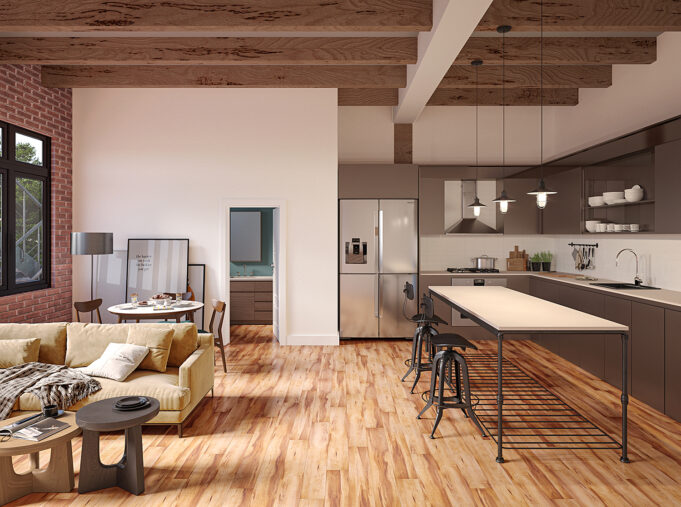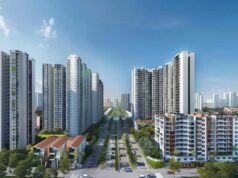LVT, or luxury vinyl tile flooring, is a great solution for many commercial spaces looking to benefit from the latest in design and style while still holding up to the demands of the environment. LVT offers a wide range of benefits, including durability, resistance to wear and tear, moisture resistance, ease of cleaning and maintenance, affordability, and minimal installation requirements.
The durability
Durability is one of the main advantages of LVT flooring when used in commercial spaces. Compared to traditional flooring materials such as wood and tile, LVT is much more resistant to wear and tear due to its construction process. LVT is made up of a series of layers that protect the top layer while allowing it to remain flexible. The bottom layer consists of a waterproof cushion that gives it more stability and impact resistance than other flooring materials. In addition, its top layer is made from tough vinyl with enhanced scratch, stain, and fade resistance for longer durability.
Additionally, LVT flooring has various surface finishes that further prolong its lifespan without sacrificing its quality or appearance. These finishes make it highly resistant to staining and fading, so it will keep its fresh look even after years of use in any commercial space where there’s a lot of foot traffic or high levels of humidity or moisture.
Most LVT products are also fire-resistant for greater safety in the workplace. All these features make this type of product particularly suitable for retail stores or office buildings where long life span durability and low maintenance requirements are needed most.
Cost-Effectiveness
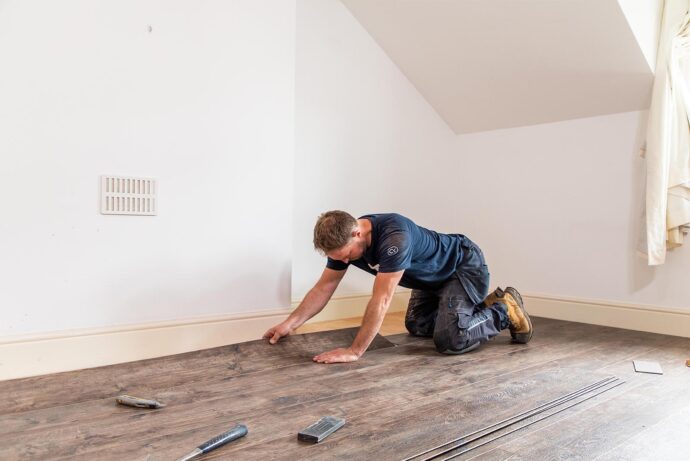
When evaluating possible flooring choices for a commercial space, cost-effectiveness is a major factor. LVT is one of the most cost-effective options for several reasons. It has a long lifespan that can easily exceed 10 years, depending on foot traffic and care, meaning it won’t need to be replaced as often as some other flooring types.
In addition, its easy maintenance—no staining or waxing is required—means you’ll save money on cleaning solutions and also reduce labor costs associated with floor cleaning.
LVT can also be extremely cost-effective in terms of installation costs; being thinner than many other types of flooring means it can often go right over existing surfaces without any demolition or preparation needed. In addition, because it is lightweight and produced in large sections with minimal amounts of waste, installation time and materials are kept to a minimum—greatly reducing the total project costs.
Design Options
Design options include single-color tiles, multi-color tiles with interesting patterns, routable products for a more organic look, simulated wood looks for a classic style or even custom prints for a completely personalized floor. In addition to these design options, other considerations need be to taken into accounts such as traffic flow patterns and ADA compliance requirements.
Single-color LVT tiles are an increasingly popular option due to their versatility – available in a variety of shades from bright white to deep navy blue – they can be laid out in subtle solids or bold patterns depending on the desired look. Multi-colored tiles can also be laid out with creative designs that will last for years after installation – including diamond shapes or interlocking squares that add visual interest without overwhelming the room.
Groutable LVT products allow you to customize your space with textures such as a smooth linear look and vibrant visuals. Simulated wood-look vinyl is also gaining in popularity due to its ability to replicate real wood grain while offering superior wear protection. Custom print LVT options take customization even further – providing businesses with the opportunity to use custom logos or images that match their branding efforts perfectly.
Installation Considerations
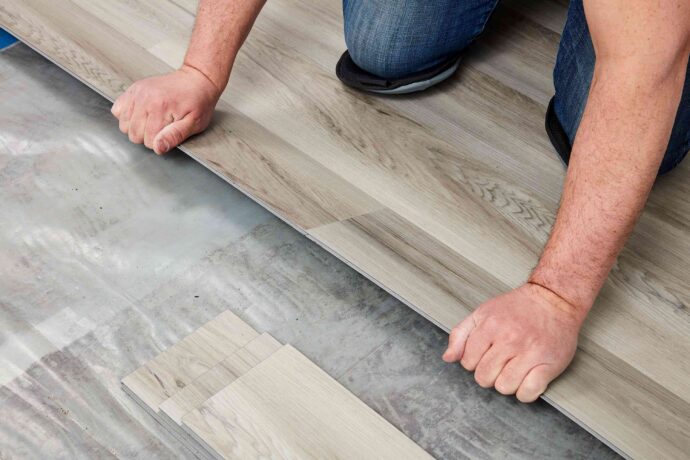
Installing luxury vinyl tile flooring in a commercial space can be an attractive, cost-effective option for many businesses. However, there are some considerations to take into account before installing LVT flooring in a commercial space.
Some of the installation considerations to think about include:
- Subfloor preparation: If installing over concrete or other hard subfloor surfaces, fill any cracks and ensure that the surface is clean and dry before installation. If using over wood floors, make sure that any warps or other irregularities are sanded flat prior to installation.
- Underlayment: An appropriate type of underlayment may be necessary for additional soundproofing and insulation as well as waterproof features. It is also beneficial as an extra protective layer between your subfloor and the LVT flooring.
- Profile type: Depending on what type of wear and tear you expect your LVT flooring to withstand, it may be beneficial to choose a thicker type or style of product for added durability and protection. This is usually based on the level of foot traffic you anticipate at any given time in the area where you will install the LVT tiles.
- Adhesive type: The adhesive used when installing LVT is critical for keeping the tiles properly affixed to the subfloor without causing too much stress on either surface from binding compounds used with adhesives. Make sure you select an adhesive that has nonslip properties as well as proper leveling capabilities.
- Expansion gaps: To allow for proper expansion with temperature changes, all sides should have a gap of 3/32 inch (2 mm) along the walls, baseboards, fixtures, etc., except along steps or integral nosing which requires slightly larger allowances of 1/4 inch (6 mm). Expansion gaps are especially important when installing LVT in warmer climates with wide swings in temperature throughout the year.
Maintenance and Cleaning
Maintaining an LVT flooring system is fairly easy and requires periodic sweeping, vacuuming, and damp mopping. But additional maintenance may be needed depending on the traffic levels of the area. Regular waxing and stripping may be necessary to keep the surface durable and resistant to damage.
When cleaning the LVT surfaces, remember that most products are sensitive to acidic cleaners and harsh scrubbing solutions. Cleaners with a neutral pH are ideal to maintain the surface without causing damage over time. Avoid using oil-based cleaners or abrasives with grits smaller than 150 grit as these may scratch or dull the surface of your LVT floors. Vacuums with beater bars should also not be used as they can cause scratches and scuffs on the surface.
Professionally done deep cleaning can help maintain your floors for a longer duration, however, this will depend on how heavily trafficked your space is over time. For example, hallways of commercial buildings require deeper cleaning processes since more people are generally walking through them than in less busy areas like offices or conference rooms. Maintenance services such as buffing can also help maintain a glossy look for better durability over time by restoring luster that may have been lost from regular use or improper maintenance procedures.
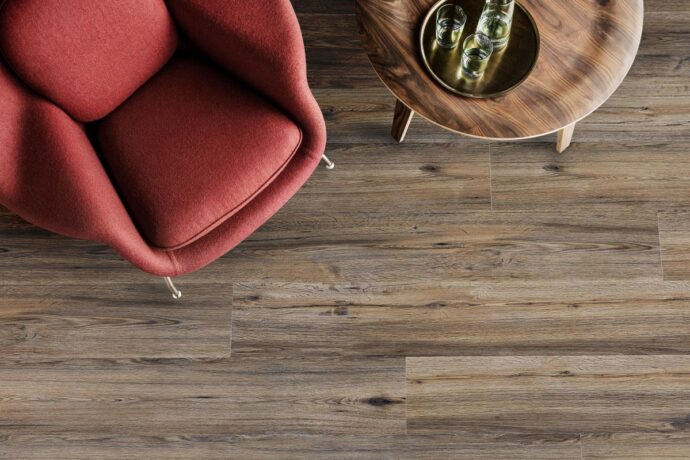
Conclusion
In conclusion, LVT flooring is an attractive and cost-effective option for commercial spaces. It’s durable and easy to maintain, it comes in a variety of colors, patterns, and textures, and it can be customized to fit the needs of any space. With proper installation and maintenance, LVT flooring can last for years with minimal upkeep.

